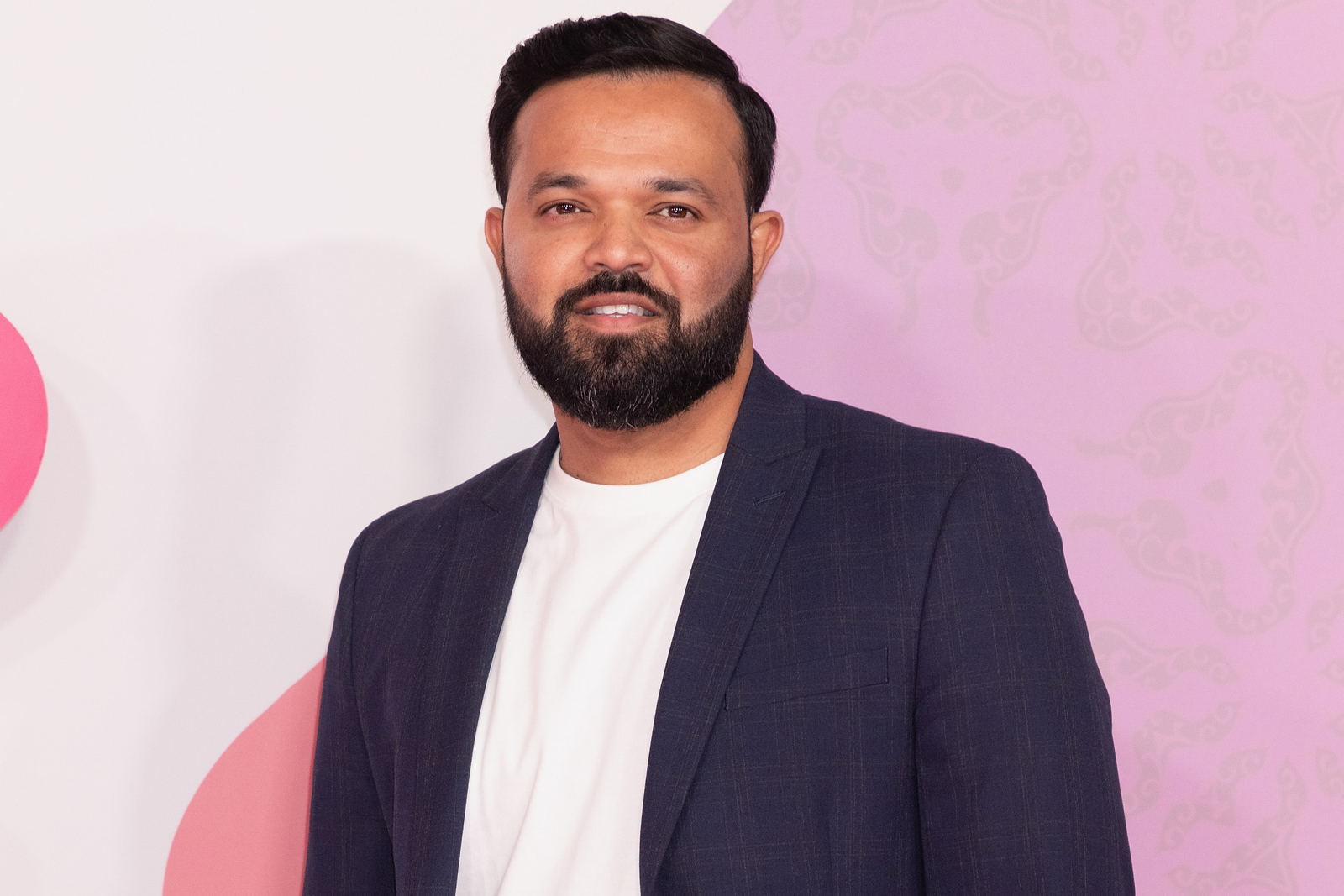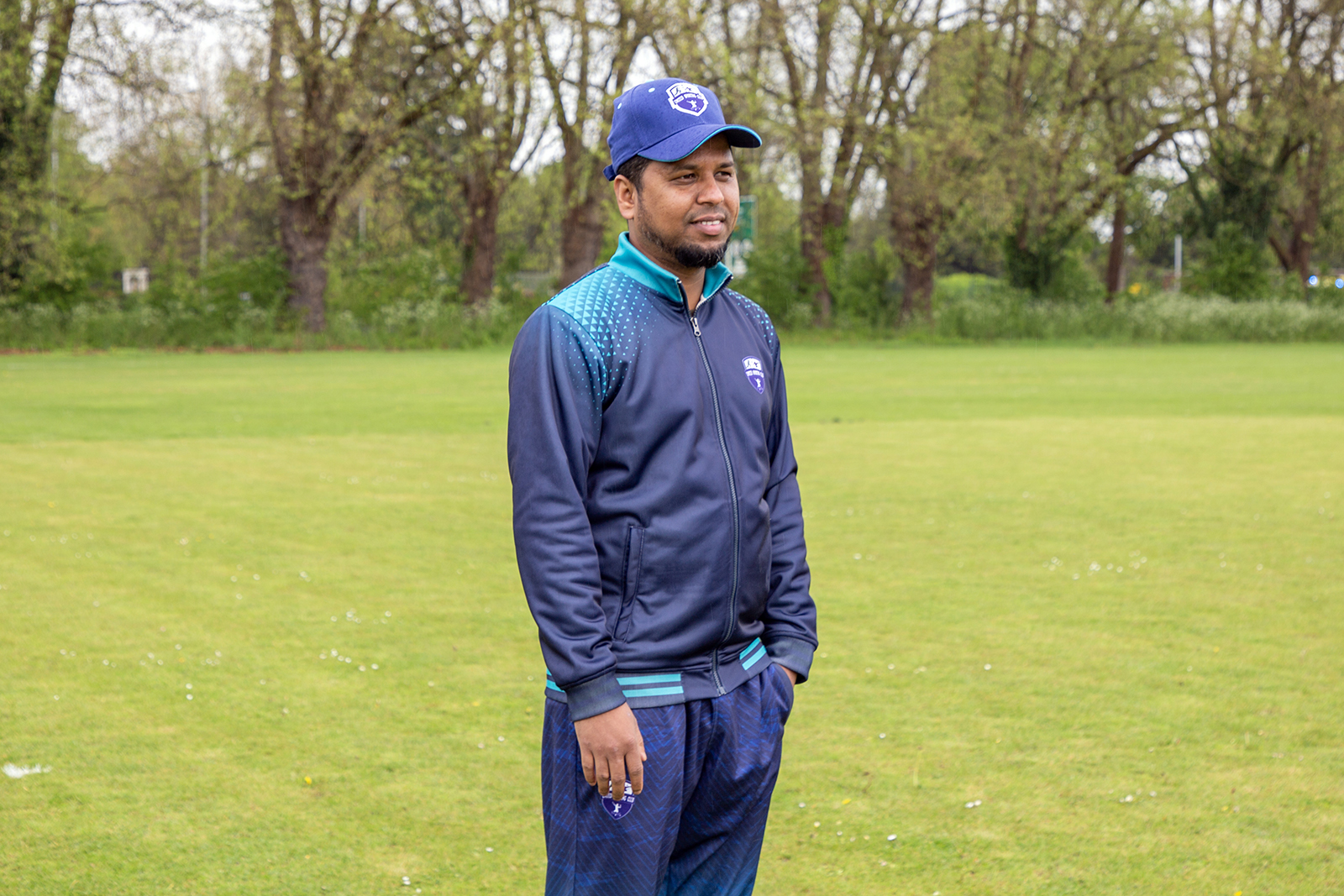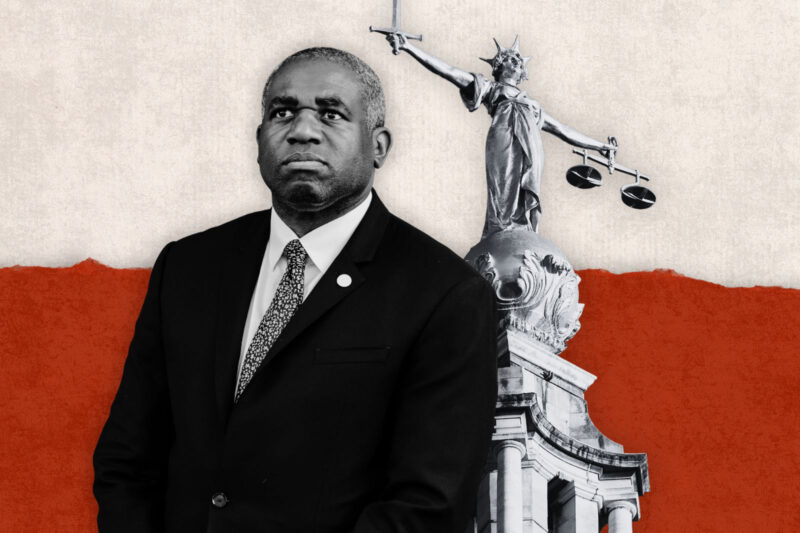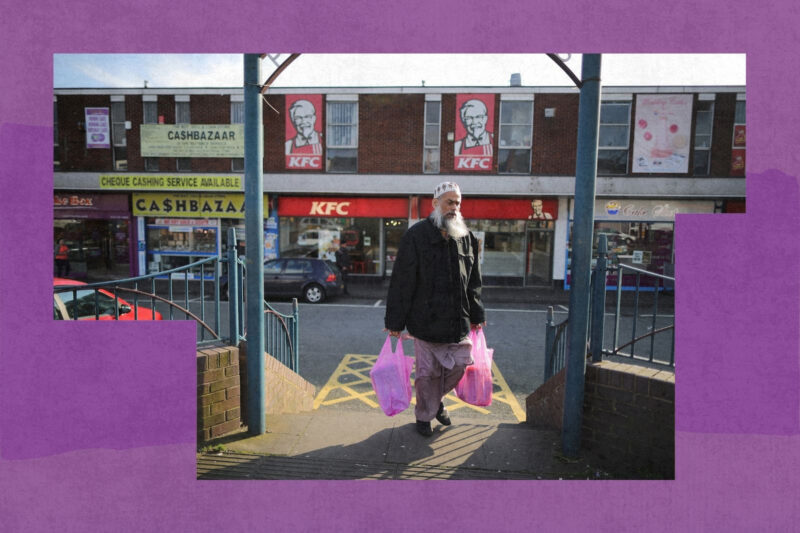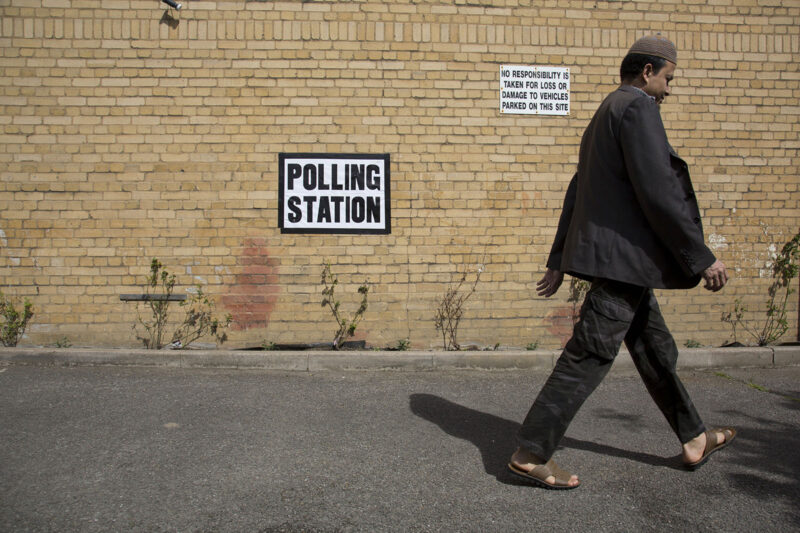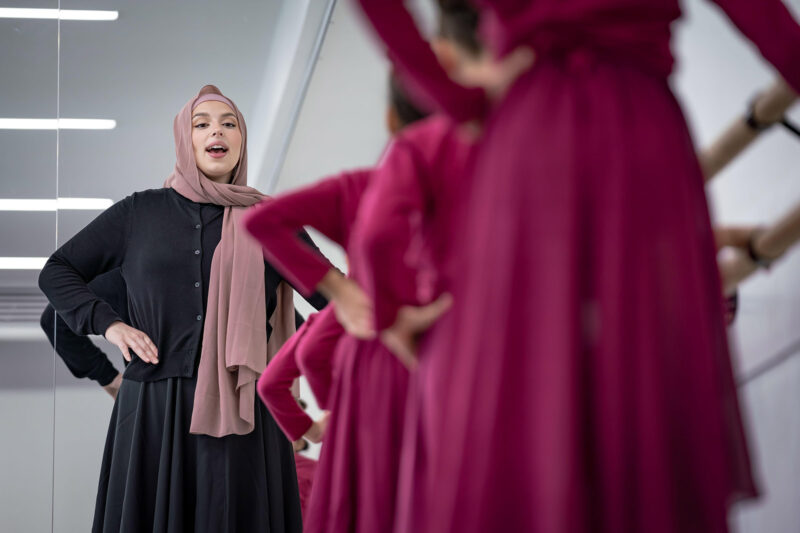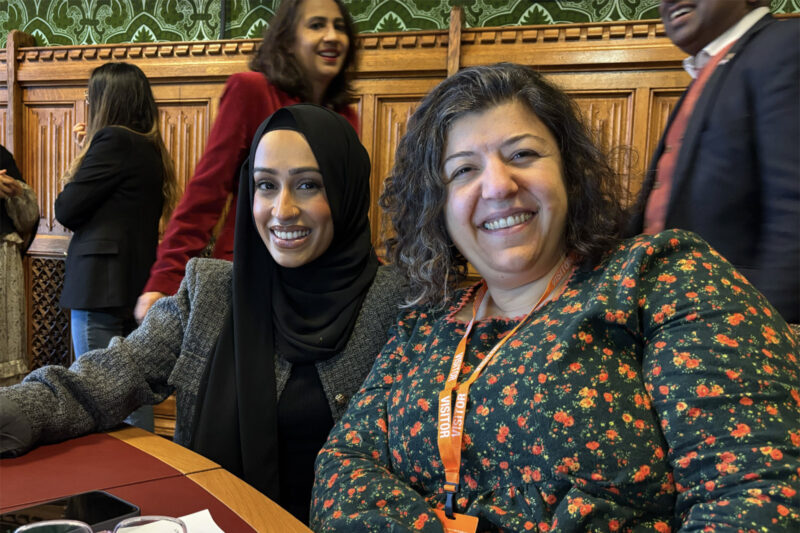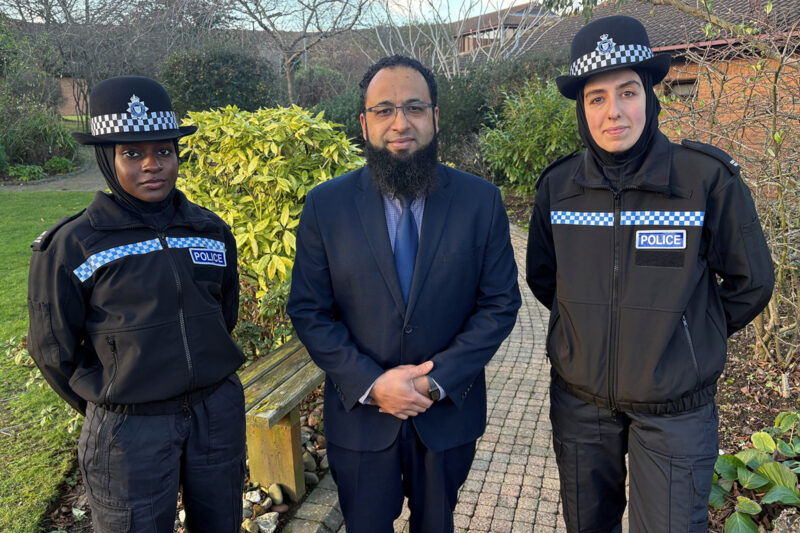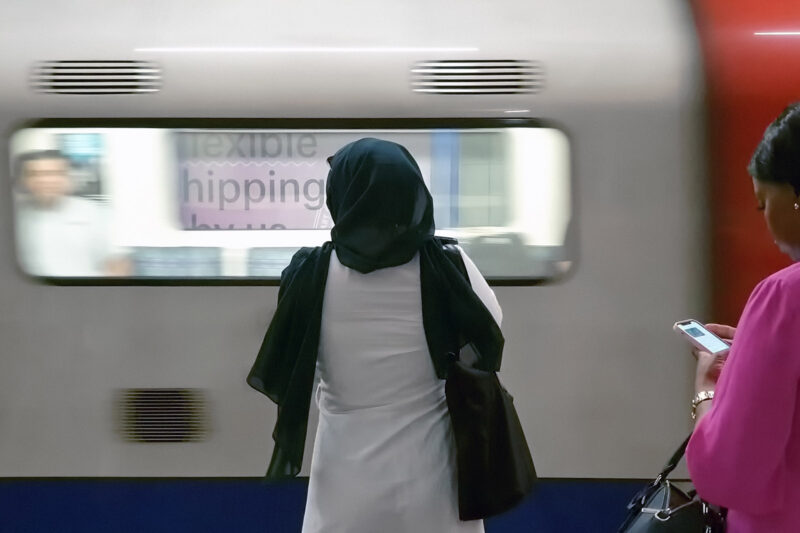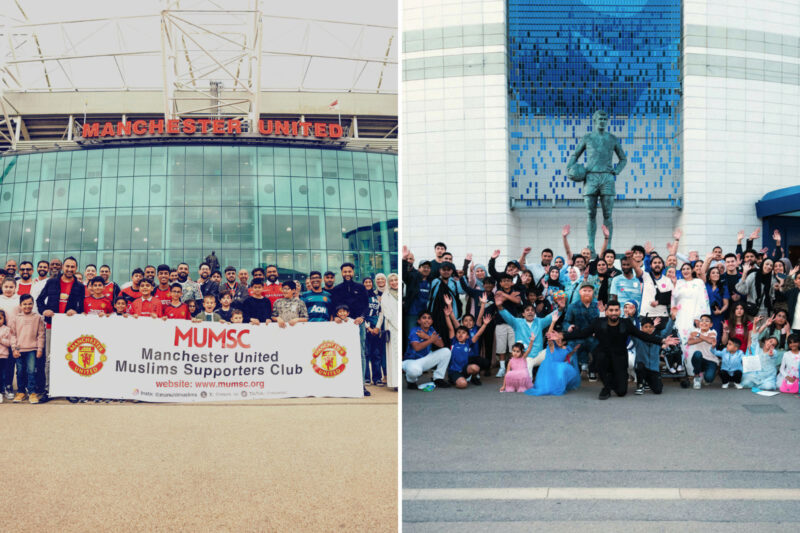Grassroots cricket clubs welcome new indoor domes — but are they out of reach?
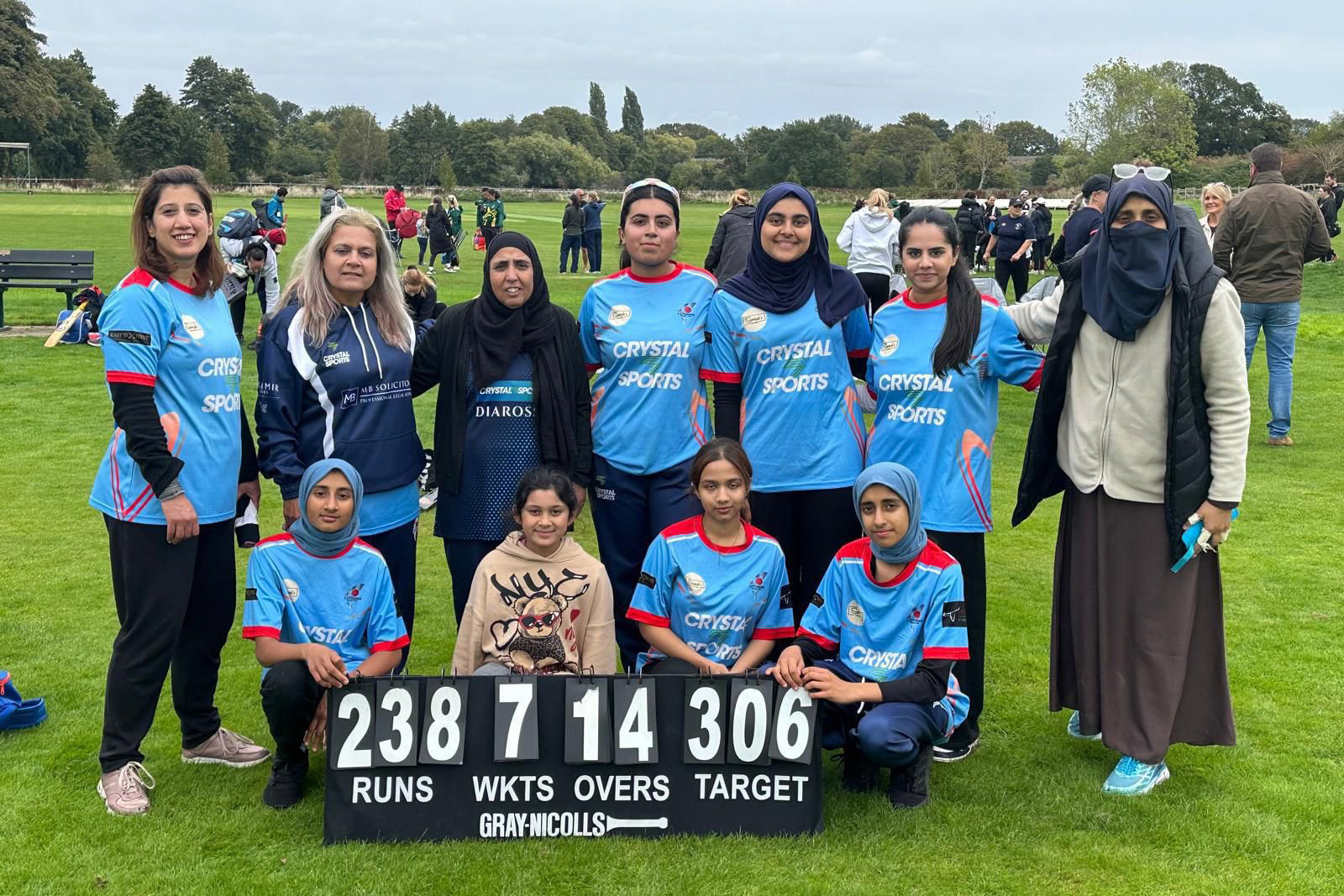
Government says £1.5m indoor venues in Luton and Lancashire will “break down barriers”
Grassroots cricket clubs have welcomed the government’s £1.5m plan to build two new indoor domes to allow the sport to be played all year round — but voiced concerns that the facilities may be too far away for local Muslim communities to reach.
Announced in August by the Department for Culture, Media and Sport, the domes will be built in Luton and Farington, Lancashire. Ministers hope the year-round venues will “break down barriers to participation up and down the country”. It came after former Conservative prime minister Rishi Sunak’s original pledge of £35m to build 16 domes across England was scaled back, with Labour culture secretary Lisa Nandy branding his plan a “fantasy”.
According to the government, a third of all recreational players in England and Wales are of South Asian descent, while participation among women and girls rose by more than a fifth in 2024 alone.
Samina Jabeen Mehrab, coach and manager for the women’s teams at Lutonian Cricket Club, said a dome in the town will “definitely help the local community”.
“At the moment, there’s nothing else,” she said. “Cricket sessions are just held in local clubs and local parks. Indoor facilities are minimal and this dome being built will definitely break a lot of barriers. It will also encourage more women, girls, and young children in general to play cricket. When we heard about it, we were really happy.”
Mehrab added that Muslim women’s participation is growing, and that she hopes the domes will continue this growth.
“There were hardly any women in coaching or even taking part when I started,” she said. “But over the last three or four years, we’ve had a lot of women who would literally just come up to me and start speaking to me about cricket when we’re in the park. We’ve increased participation just by having a space where it was open to everybody. Now we have sessions where there’ll be more than 30 people coming to train.”
The government has said the Luton dome, due to open in early 2026, will give underrepresented groups such as players from state schools better access to cricket, while the dome in Farington will become a “focal point” for women and girls, as well as disabled cricketers.
But some clubs are concerned the benefits of the domes may not reach the communities that need them the most. Arif Asif, director of East Lancashire Cricket and Sports Club, told Hyphen that while he is pleased to see investment in the sport in the region, the Farington dome is a long distance from the area his club serves, which has some of the region’s largest South Asian and Muslim communities.
Members of his club would either face a 20-minute drive or more than an hour on public transport to reach Farington. “The community our club serves at the moment is at the lower end of the pay scale, so being able to afford getting there could be an issue for the locals in my area,” he said.
Asif’s club is based in the Blackburn with Darwen area, which, according to the 2021 census, has a Muslim population of more than 54,000. By contrast, the South Ribble area, where the Farington dome will be built, has a Muslim population of just over 1,000.
“It’s mainly the South Asian community here that we’re currently serving because that’s the local demographic around our club,” he said. “We’re still at the stage of organising transport to our matches. They’re working class, a lot of the children’s parents are delivery drivers or taxi drivers, so their time is a luxury. Getting to Farington is more or less impossible.”
Asif added that while the domes show the government is paying attention to grassroots cricket, he’d also like to see direct support for local clubs.
“It’s not cheap to run a cricket club,” he said. “If there is money there to support grassroots groups, then surely one of the options would be to support the already existing initiatives through the local cricket clubs.”
 Newsletter
Newsletter


